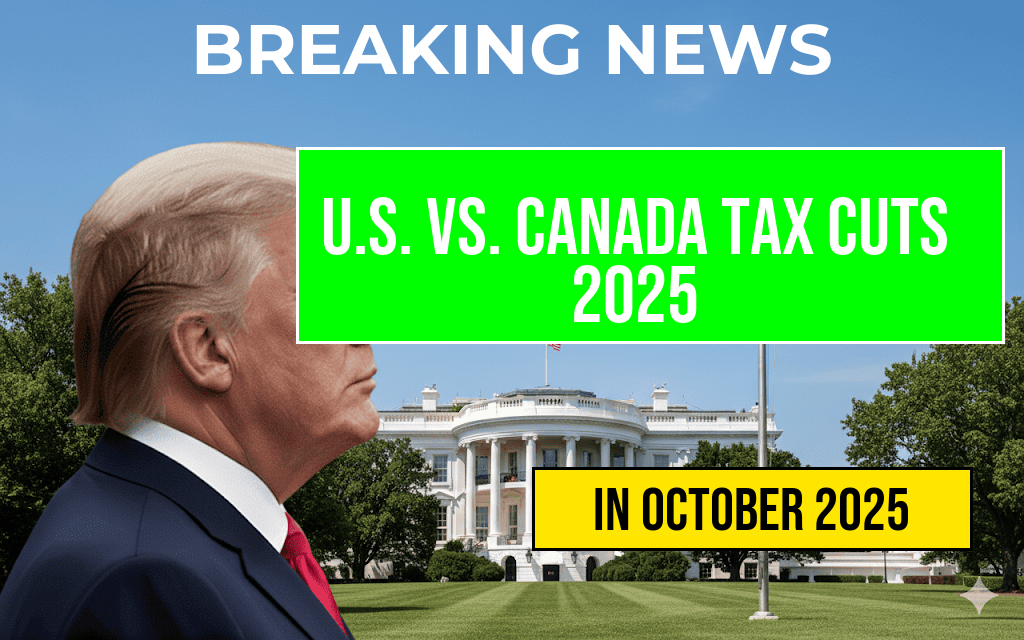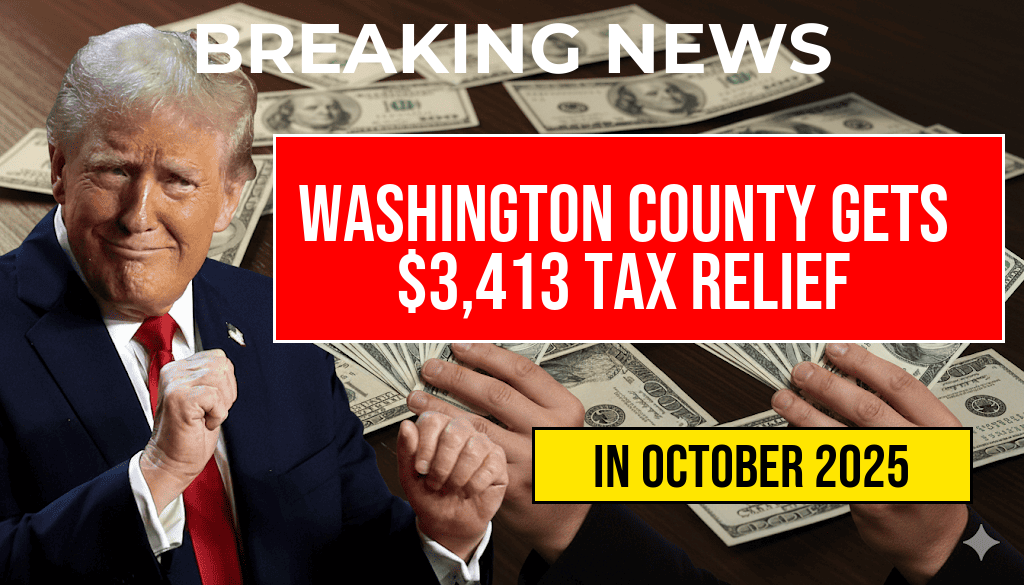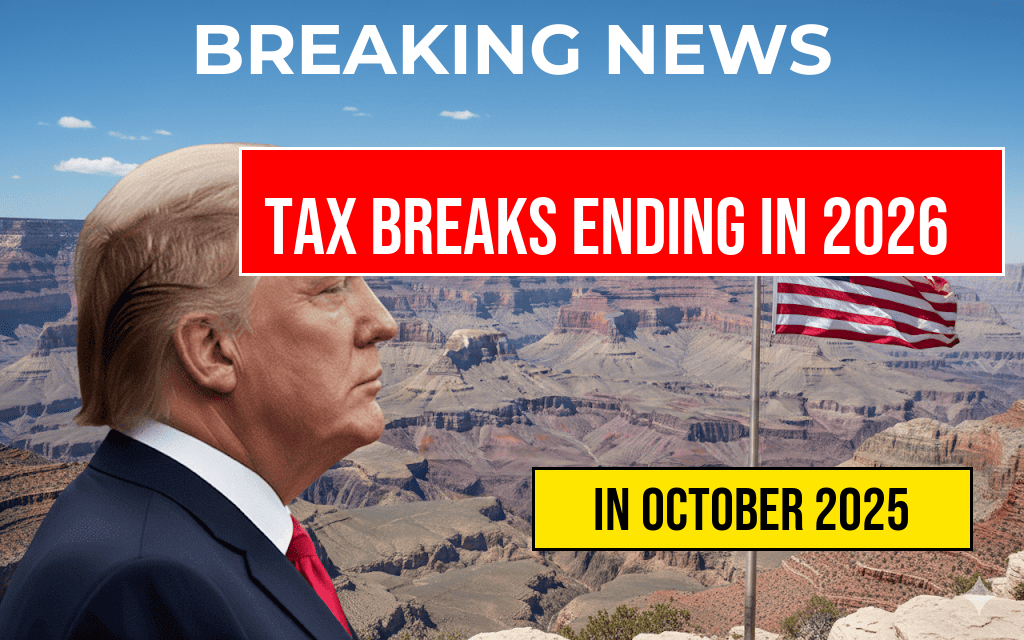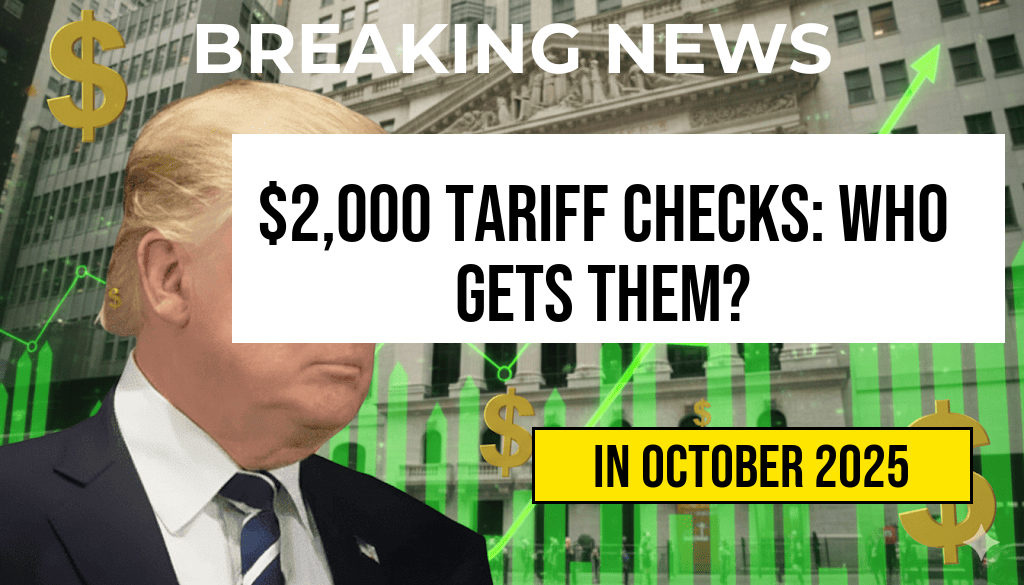As 2025 approaches, discussions around tax policy changes in North America are gaining momentum, highlighting significant differences between the United States and Canada. Recent analyses reveal that U.S. taxpayers are expected to see an average tax reduction of approximately $3,752, while Canadian taxpayers might benefit from reductions totaling around C$5,200. These figures reflect broader policy shifts aimed at stimulating economic growth and addressing inflation pressures, but they also underscore contrasting approaches to fiscal management. This comparative review examines the key elements shaping these tax cuts, their potential impacts on households, and the broader economic implications across the two nations, offering an international perspective on fiscal policy in 2025.
Context of Tax Policy Changes in North America
The United States and Canada have historically adopted different strategies in managing taxation and public spending. While both countries face economic challenges such as inflation, labor market shifts, and global uncertainties, their approaches to tax relief and fiscal stimulus vary significantly.
In the U.S., recent legislative efforts have focused on targeted tax cuts for middle-income families and small businesses, aiming to bolster consumer spending and investment. Conversely, Canada’s government has prioritized broader tax reductions intended to enhance disposable income across a wider demographic, including middle and upper-income brackets. These policy choices are informed by differing economic philosophies, political priorities, and fiscal capacities.
Understanding these distinctions requires examining specific policy measures, the scope of the tax cuts, and their projected effects on economic growth and income distribution.
Details of the U.S. Tax Cuts in 2025
Scope and Structure
- The U.S. tax reform package primarily targets middle-income earners, with adjustments to income brackets and deductions.
- Expected average reduction per taxpayer is approximately $3,752.
- Focus on lowering marginal tax rates and expanding child and family credits.
- Small business provisions include increased expensing limits and reduced payroll taxes.
Projected Impacts
| Income Bracket | Average Tax Cut | Percentage of Beneficiaries |
|---|---|---|
| $50,000–$100,000 | $4,200 | 60% |
| $100,000–$200,000 | $3,500 | 25% |
| Above $200,000 | $2,800 | 15% |
Experts suggest these cuts could boost consumer spending by approximately 1.2%, although concerns about increasing the federal deficit persist among fiscal conservatives.
Canadian Tax Reductions in 2025
Policy Highlights
- Canada’s government has implemented broad-based tax cuts across multiple income levels, with a focus on middle and upper-middle-income households.
- The expected average reduction is around C$5,200, reflecting a more expansive approach compared to the U.S.
- Measures include lowering federal income tax rates, increasing personal exemption thresholds, and simplifying the tax code.
- Additional incentives target small and medium-sized enterprises, including reduced corporate taxes.
Anticipated Outcomes
| Income Group | Average Tax Cut | Share of Population |
|---|---|---|
| C$50,000–$100,000 | C$6,300 | 55% |
| C$100,000–$150,000 | C$5,700 | 30% |
| Above C$150,000 | C$4,800 | 15% |
Canadian policymakers aim to stimulate consumer demand and investment, with projections indicating increased disposable income for middle-income households and potential positive effects on economic growth.
Comparative Analysis of Policy Approaches
Fiscal Philosophy and Goals
The U.S. approach emphasizes targeted relief, particularly for middle-income families, linked to a belief that such measures will maximize economic efficiency and growth. Critics argue that these cuts may disproportionately benefit higher-income earners over time, potentially widening income inequality.
Canada’s strategy appears more expansive, with broader cuts designed to stimulate overall consumption and business investment. This inclusive approach aims to bolster economic activity without heavily favoring specific income groups, aligning with social equity considerations.
Economic Impact and Challenges
| Aspect | United States | Canada |
|---|---|---|
| Growth Stimulus | Moderate, focused on middle-income households | Potentially stronger due to broader cuts |
| Impact on Deficit | Concerns over increased deficits, requiring offsetting measures | Similar concerns, though higher tax revenues from growth may offset costs |
| Income Inequality | Possible widening, due to targeted benefits | Less pronounced, due to wider distribution |
International Perspective and Future Outlook
The differing approaches to tax cuts in the U.S. and Canada reflect broader economic philosophies and fiscal strategies. While the U.S. seeks to stimulate growth through targeted relief, Canada emphasizes comprehensive reductions aimed at broad-based economic activity.
Both countries face balancing the short-term benefits of increased disposable income against longer-term concerns about fiscal sustainability. As global economic conditions evolve, the effectiveness of these policies will be closely watched, with potential lessons for other nations considering similar measures.
For additional insights into tax policy developments, consult resources like Wikipedia’s page on U.S. tax reform and Forbes’ analysis on fiscal policy.
Frequently Asked Questions
What are the main differences between U.S. and Canadian tax cuts in 2025?
The primary differences lie in the amounts of tax cuts and their international perspective. The U.S. offers approximately $3,752 in tax cuts, while Canada provides around C$5,200, highlighting distinct fiscal strategies between the two countries.
How do currency differences impact the comparison of tax cuts between the U.S. and Canada?
The comparison considers local currencies—U.S. dollars and Canadian dollars—emphasizing the importance of exchange rates and cost of living when evaluating the effectiveness of each country’s tax policy.
What is the international perspective discussed in the article?
The article examines how tax cuts in the U.S. and Canada are viewed from an international standpoint, considering factors such as global competitiveness and economic impact.
Why is 2025 a significant year for comparing tax policies?
2025 represents a key milestone for tax reforms in both countries, providing a benchmark to assess policy effectiveness and economic outcomes over the upcoming years.
How might these tax cuts influence individual taxpayers in the U.S. and Canada?
The tax cuts are expected to reduce tax burdens for individuals, potentially increasing disposable income and economic activity in both countries, with variations based on local economic conditions.








